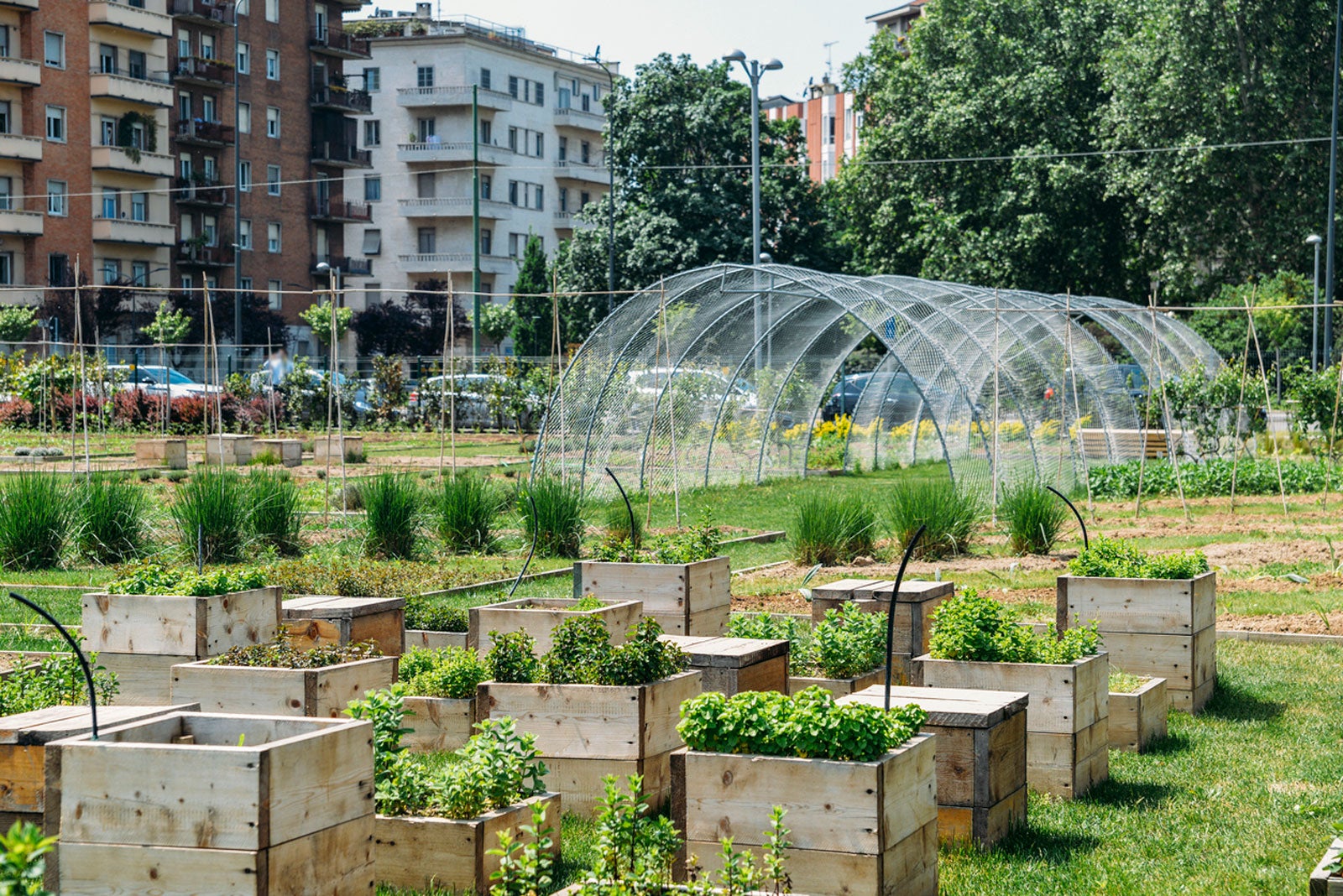City Blooming Can Be Fun For Everyone
Wiki Article
4 Simple Techniques For City Blooming
Table of ContentsA Biased View of City BloomingThe Basic Principles Of City Blooming City Blooming Things To Know Before You Buy7 Simple Techniques For City BloomingCity Blooming - Truths
Interested in growing food up for sale in the City of Chicago? Considering beginning an area garden? Modifications to the Chicago Zoning Statute allow farming usages like neighborhood yards and metropolitan ranches in lots of parts of the city. Below is a listing of regularly asked concerns regarding the rules and regulations that farmers should take into consideration when preparing an urban farming project.
The zoning modification does not change any kind of various other codes managing composting, building permits, buying or leasing City had residential or commercial property, business licenses or ecological contamination. There are existing codes that regulate these issues and they continue to be completely result and may be applicable to your project. Neighborhood yards are usually possessed or handled by public entities, civic companies or community-based organizations and kept by volunteers.
Urban farms grow food that is meant to be marketed, either on a not-for-profit or for-profit basis. Due to their commercial objective, city ranches need an organization certificate.
The 45-Second Trick For City Blooming
The quantity of compost material can not surpass 25 cubic yards at any kind of provided time according to the criteria in 7-28-715 of the City's Municipal Code. Due to the fact that the soil at most brand-new yard sites needs amending, compost, dirt, timber chips, or various other products can be acquired to build or boost the growing space.
If a structure license is called for then the hoophouse will be considered an accessory structure. You can figure out even more regarding the building license requirements by getting in touch with the Division of Structures. The 25,000-square-foot size limit is meant to stop a single community yard from dominating an offered block or detracting from the block's existing residential or commercial character.
The limit does not relate to yards found in Public Open Space (POS) districts. Can there be greater than one community garden that is 25,000 square feet on a solitary block? Yes. The size limitation uses to private gardens, not to private blocks. No. Fencing is not required, however, yards that have huge car parking areas might be required to mount fence or other landscaping features.
About City Blooming
B1 & B2 districts call for that all industrial usage activities be performed indoors. R areas limit commercial activity. The regulations mirror the purpose and intent of the Zoning Code. Is fence required for urban farms? Yes. Fences may be needed, along with landscaping and testing, for certain parking areas and outside job or storage space locations depending on location and the specific activity taking place.Yes. Urban ranches call for structure permits and zoning authorizations before building and construction. Various other kinds of city review might be called for depending on specific frameworks, activities, dimension, landscaping, licensing, public heath and stormwater administration concerns. Much of these requirements are identified in the job layout or allowing procedure, nonetheless, the applicant may be accountable to separately recognize certain licenses or permits that might be needed.
Yes. The sort of permit is established by what is occurring at the website. The Department of Business Matters and Consumer Protection can help determine the details type of service license that's needed. Yes. Off road car park is required for most business tasks in Chicago. The required variety of car park areas is based on the number of workers working with site and not the square video footage of the expanding area.
The Greatest Guide To City Blooming

A city Read More Here ranch can offer garden compost material created on site, nevertheless, the operation must comply with the laws in 7-28-715 of the Chicago Municipal Code. Aquaponic systems are allowed inside your home on urban ranches in many zoning districts.
Approximately 5 hives or swarms of honey might be kept as an accessory usage. Beekeepers need to sign up with the Illinois Department of Agriculture. For more details concerning the suggested zoning change you might contact the Department of Housing and Economic Growth, Bureau of Planning and Zoning at 312.744.8563.
Farming in cities and city locations An urban farm in Chicago. Urban farming describes numerous methods of cultivating. https://pubhtml5.com/homepage/baapp/, processing, and distributing food in metropolitan areas. The term additionally relates to the area activities of animal husbandry, aquaculture, beekeeping, and horticulture in an urban context. Urban agriculture is distinguished from peri-urban farming, which takes location in country locations at the side of residential areas.
The 4-Minute Rule for City Blooming
, that look for to develop social networks established on a shared values of nature and area holism. These networks can develop by means of formal institutional support, becoming incorporated into local community preparation as a "change community" activity for lasting city growth.Some of the initial evidence of metropolitan agriculture comes from Mesopotamia.
Report this wiki page